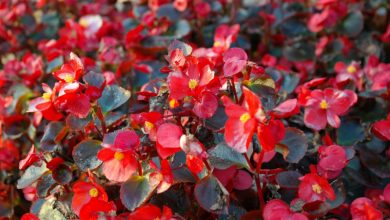Rust: [Characteristics, Detection, Effects and Treatment]

What is rust?
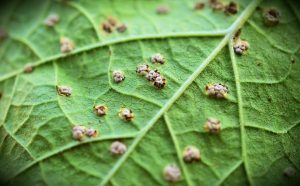 Rust, with the scientific name Puccinia graminis, is one of the most aggressive fungi. Known by the name of black rust, it attacks the parts of the plant located above, or above, the ground.
Rust, with the scientific name Puccinia graminis, is one of the most aggressive fungi. Known by the name of black rust, it attacks the parts of the plant located above, or above, the ground.
It is worth clarifying that Rust, be it of the Puccinia and Melampsora genus, can affect any plant, but especially those that have leaves, although cacti can also be infected.
It penetrates through the roots and pruning wounds, manifesting itself two to three days later.But the most affected varieties are usually cereal grain cultivars.
How can we identify it?
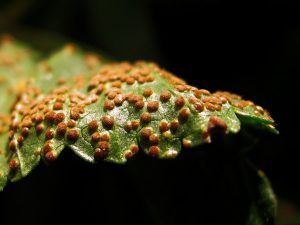 It has the particularity that the spores of the fungus are deposited, for example, on green wheat plants, where they form a pustule that invades the outer layers of the stem, making it identifiable.
It has the particularity that the spores of the fungus are deposited, for example, on green wheat plants, where they form a pustule that invades the outer layers of the stem, making it identifiable.
Elliptical blisters or pustules known by the name of uredia are then formed.It is a fungal disease that can cause the death of the plant, because the secondary stems do not develop when the disease progresses.
Nor are seeds produced in quantity, much less quality.In summary, the symptoms caused by black rust disease are, broadly speaking, the following:
- Appearance of red or brown bumps or blisters on the underside of the leaves. These are the spores of the fungus.
- Yellowish, highly discolored spots on the upper surface of the leaf. And if the fungus is not combated, then you will be left with dry leaves hanging down, until they fall off.
According to the type of Rust, some variants will occur in the manifestation of the symptoms, in very diverse plant species. These types of Rusts and their characteristics, very summarized, are:
plum rust
It is produced by the fungus Tranzchelia pruni-spinosae var.discolor. The leaves quickly discolor until they fall.
groserello rust
It is caused by fungi of the genus Puccinia. Yellow spots appear on the leaves, but later they will turn completely red, until the plant weakens and malformations occur in its leaves.
lentil rust
The disease is to blame for the fungus Uromyces fabae. It damages all legumes, such as lentils and broad beans, which are frustrated in their growth and exhibit damaged leaves.
quince rust
It is attacked by the fungus Fabraea maculata, which manifests itself in the quince with red spots on the leaves, until they turn black, moldy.
rust of thoughts
The fungus Puccinia violae attacks the plant, presenting itself with yellow bulges on the underside of the leaves.
mint rust
The fungus Puccinia menthae is involved. It has a very negative impact on the stems of the mint, where orange lumps and deformity appear in the diseased shoots.
rose rust
The fungus Phragmidium mucronatum does its thing with this plant. Yellowish spots appear on the upper leaf of roses and many spore-laden lumps, also yellow, on the underside.
hyacinth rust
The Hyacinth is very affected by the devastating action of the fungus Uromyces muscari, which produces brown bumps on the leaves.
garlic rust
The fungus Puccinia allii is the cause of small yellow-orange bumps on garlic leaves.
What plants does rust affect?
 It is one of the most aggressive fungi that attacks cereal grain crops around the planet, especially wheat.
It is one of the most aggressive fungi that attacks cereal grain crops around the planet, especially wheat.
Recently, an epidemic caused by a race called Ug99 was detected, which has spread through Africa, Asia and has also invaded the Middle East.
This Ug99 race is so powerful that it can cause the complete loss of the wheat crop, since the spores can fly very easily from one place to another, traveling for example, from Uganda, in the year 1999, to the highest parts from East Africa and from there to Yemen and northern Sudan.
More recently in 2007, Iran announced that black rust was also destroying its wheat crops.It also affects coffee crops, which are very sensitive to fungi.
How to fight rust?
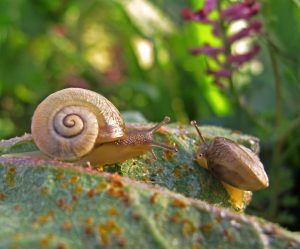 As soon as a fungal infection is identified on the plant, it is essential to remove all the dry leaves, using very well disinfected scissors, in order to prevent the fungus from advancing.
As soon as a fungal infection is identified on the plant, it is essential to remove all the dry leaves, using very well disinfected scissors, in order to prevent the fungus from advancing.
The collected leaves should be placed in a bag, not left on the floor, to avoid further contagion.
Immediately afterwards, a natural fungicidal treatment should be applied, applied with the help of so-called Bordeaux mixture, which is usually applied in the spring.
It is a broth with an intense blue color, which is very easily prepared at home.Bordeaux wine is a mixture made up of copper sulfate and calcium hydroxide or slaked lime, discovered by expert winegrowers from Bordeaux, France.
Preparation of the compound: Bordeaux mixture
It is prepared as follows:
- Mix 10 grams of copper sulfate and 20 grams of calcium hydroxide in one liter of water.
- Stir until the ingredients are well dissolved.
- Pour the product into a fully disinfected sprayer, if possible without prior use.
This product can be applied to fruit trees, horticultural plants such as strawberries, tomatoes and potatoes. Also to ornamental plants, except acidophilic and carnivorous plants.You should never exceed this mixture, the concentration of 6 kilograms x each hectare planted per year.
Nor should this mixture be used during the flowering period, much less when the harvest is approaching. In exaggerated amounts, it causes damage to the health of animals and humans.
What are the best products to remove rust?
Fosetil-Al fungicides are very effective. But the following recommendations help greatly to prevent the appearance of fungi in plants.
Buy healthy plants
The most prudent thing is always to acquire plants in a trusted nursery that are in good health, free from bad appearance, because, otherwise, we can bring diseases and viruses to our garden, with dire consequences.
continuous subscription
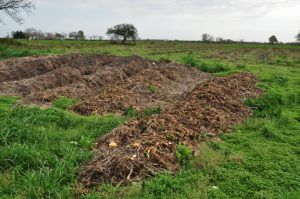 The plant should be regularly fertilized, especially during the warm months of the year, when they need more water, but also excellent nutrients to grow healthy.
The plant should be regularly fertilized, especially during the warm months of the year, when they need more water, but also excellent nutrients to grow healthy.
There is a wide variety of fertilizers on the market, the best being organic and specific. Guano and manure combined alternately, not together, is ideal for the plant.
Disinfect garden equipment and materials
The most prudent thing is that we always work in gardening, with materials and equipment previously disinfected with a solution of isopropyl alcohol and dishwasher, since the spores can adhere without us noticing and contaminate many more plants in our garden or crop.
Avoid unnecessary risks
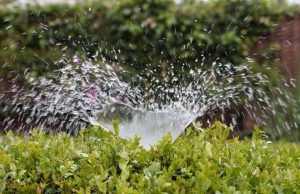 One of the worst enemies of plants is overwatering. The excess rots the roots and triggers the appearance of fungi that will quickly multiply throughout the plant.
One of the worst enemies of plants is overwatering. The excess rots the roots and triggers the appearance of fungi that will quickly multiply throughout the plant.
It is always prudent to verify that the substrate has dried, with the help of a stick that allows us to dig the soil and check that it has dried, before a new watering, especially in the case of very sensitive plants.
Another important recommendation is to seal the wounds that are generated by pruning, with the help of a healing paste or ointment, instead of letting them heal in the sun. Above all, it should be done in woody plants.In the trusted gardening store or in nurseries they can recommend a good brand.

![Photo of Ghost Pepper: [Characteristics, Cultivation, Care and Disadvantages]](https://www.complete-gardening.com/wp-content/uploads/2022/08/ghost-pepper-characteristics-cultivation-care-and-disadvantages-390x220.jpg)
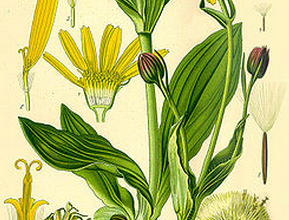
![Photo of Blanket Irrigation: [Concept, Advantages, Disadvantages and Crops]](https://www.complete-gardening.com/wp-content/uploads/2022/08/blanket-irrigation-concept-advantages-disadvantages-and-crops-390x220.png)
